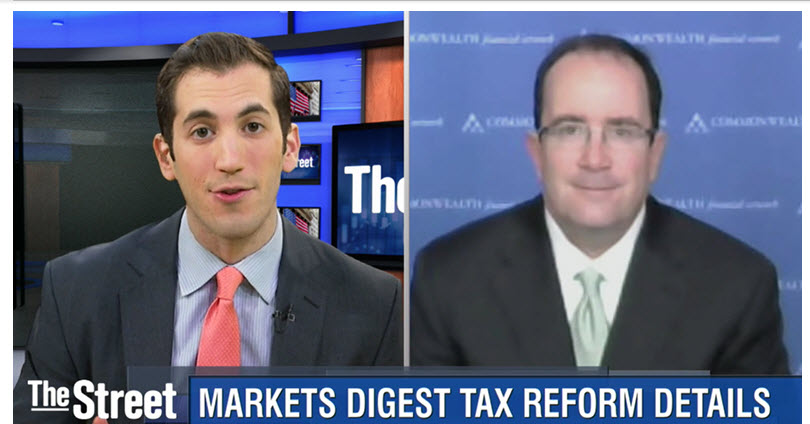Yesterday, I did an interview with TheStreet where I stated that I thought the market had some more room to rise before the end of the year. Given some weak days and rising fears that the rally could be breaking down, I thought it would be worthwhile to outline exactly why I think that—and what I will be watching for to see if I need to change my mind.














